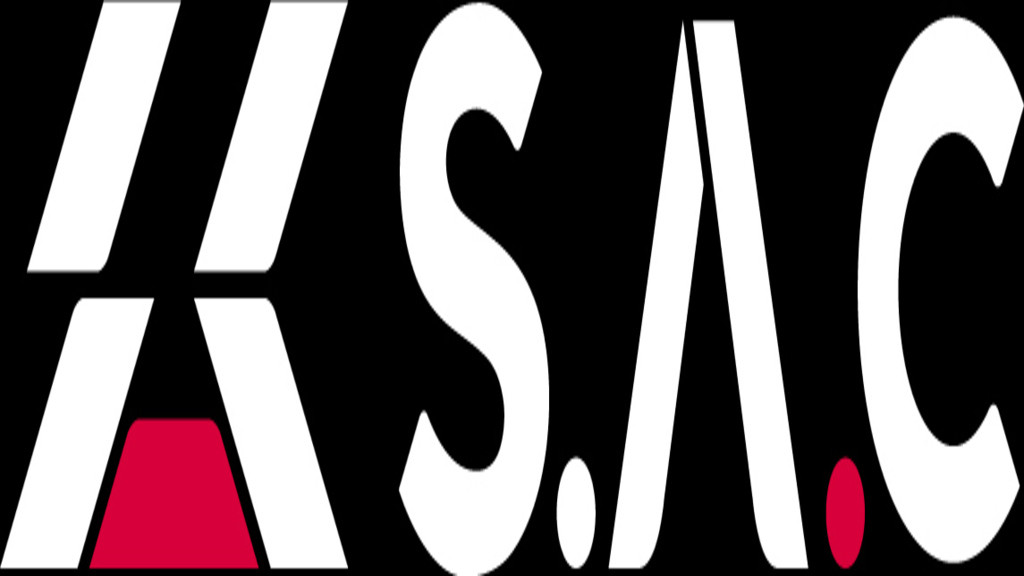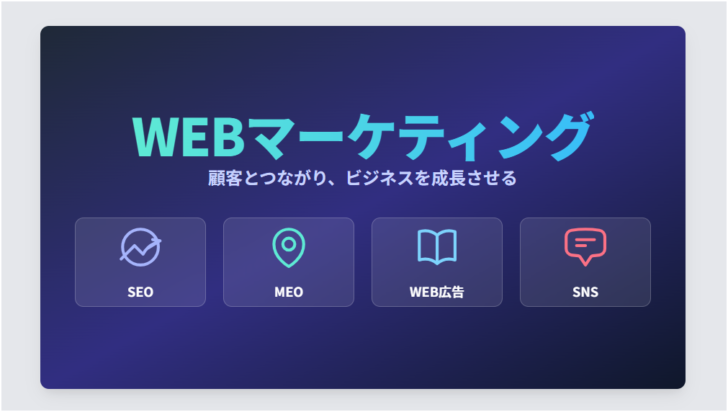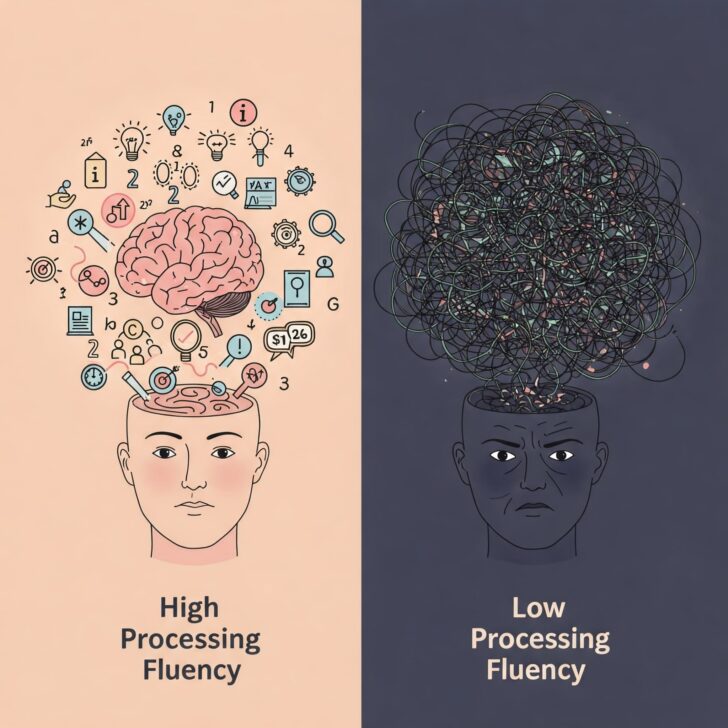
BLOG
2024年10月13日

行動心理カウンセラーやまひろの一言:首元を触る癖からわかること
人は無意識のうちに様々な仕草をします。その中には、その人の心理状態を表すものも少なくありません。今回は「首元を触る」という仕草に焦点を当て、その心理的な意味合いについて詳しく解説していきます。
首元を触る仕草の心理
首元を触る仕草には、主に以下の3つの心理が考えられます。
- イライラや不快感を感じている
- ストレスを緩和しようとしている
- ストレスに弱い
1. イライラや不快感を感じている
首には多くの血管が通っており、血流は感情によって変化します。そのため、首は心理的な影響を受けやすい部位と言えるでしょう。
会話中に相手が首元を触る仕草を見せた場合、それは 会話の内容に不快感を感じている、あるいは 相手にイライラしている 可能性を示唆しています。
このような場合は、 話を切り上げる、相手の気持ちを聞く など、状況に合わせて対応することが重要です。
2. ストレスを緩和しようとしている
首元を触る仕草は、 ストレスを和らげようとする無意識の行動 であるとも考えられます。
自分の身体を触る行為は、 防衛本能 の表れであることが多いです。特に首は急所であるため、触れることで安心感を得ようとしているのかもしれません。
このような仕草が見られた場合は、相手が ストレスを感じている と察し、 気遣いやケア を示すことが大切です。
3. ストレスに弱い
頻繁に首元を触る人は、 ストレスに弱い傾向 があると考えられます。
ストレスを感じやすい、 ストレスの表現や解消が苦手、対処法に困っている などの可能性も考えられます。
また、 慢性的なストレス を抱えている、あるいは 環境の変化に弱い などの特徴を持つ人もいます。
相手とのコミュニケーションを円滑に進めるためには、その人が置かれている 環境要因 や 性格 を見極めることが重要です。
まとめ
首元を触るという一見何気ない仕草にも、様々な心理が隠されています。相手の心理状態を理解し、適切な対応をすることで、より良いコミュニケーションを築くことができるでしょう。
行動心理カウンセラーやまひろ
※ 注意点
- 上記は一般的な傾向であり、必ずしもすべての人に当てはまるわけではありません。
- 個々の状況や性格によって、解釈は異なる場合があります。
- 相手の仕草だけでなく、表情や言葉など、他の要素も合わせて判断することが重要です。
4000字に近づけるために、さらに詳しい解説や具体的な事例などを加えることも可能です。 例えば、
- ストレスを感じやすい人の特徴
- ストレス解消法
- コミュニケーションを円滑にするためのポイント
- 行動心理学の基礎知識
などを盛り込むことで、より充実した内容にすることができます。
Decoding the Hidden Meaning: The Psychology Behind Touching the Neck
We all have unconscious habits and gestures, and some of these can reveal a lot about our psychological state. Today, let's delve into the intriguing world of body language and explore the meaning behind the seemingly simple act of "touching the neck."
The Psychology of Neck Touching
Touching the neck can be a subconscious manifestation of various emotions and mental states. Here are three primary psychological interpretations of this gesture:
- Experiencing Discomfort or Irritation
- Attempting to Alleviate Stress
- Indicative of Stress Sensitivity
1. Experiencing Discomfort or Irritation
The neck is a sensitive area with a high concentration of blood vessels, and blood flow is known to fluctuate with our emotions. When someone touches their neck during a conversation, it could signal discomfort with the topic or irritation towards the speaker.
In such situations, it's crucial to be observant and adjust your approach. Consider changing the subject, actively listening to their concerns, or creating a more comfortable atmosphere.
2. Attempting to Alleviate Stress
Touching the neck can also be an unconscious attempt to relieve stress.
Self-touching gestures often stem from our defense mechanisms, providing a sense of security and comfort. The neck, being a vulnerable area, might be touched for reassurance during stressful situations.
If you notice someone exhibiting this behavior, it's important to show empathy and support. Offering a kind word or a helping hand can go a long way in easing their stress.
3. Indicative of Stress Sensitivity
Frequent neck touching can be a sign of heightened sensitivity to stress.
Individuals who display this behavior might find it challenging to express or manage stress effectively. They might be prone to irritation, struggle with finding healthy coping mechanisms, or be dealing with chronic stress due to persistent environmental factors.
Understanding their personality traits and the context of their situation can help you navigate interactions more smoothly and foster better communication.
Conclusion
The seemingly insignificant act of touching the neck can offer valuable insights into a person's inner state. By recognizing these subtle cues and responding with empathy and understanding, you can build stronger connections and improve your communication skills.
Behavioral Psychology Counselor Yamahiro
Note:
- These interpretations are based on general observations and may not apply to everyone.
- Individual circumstances and personality can influence the meaning of this gesture.
- It's essential to consider other factors, such as facial expressions and verbal cues, for a more comprehensive understanding.
Recommend
-

2025年12月04日
3大AIモデルの比較(2025年12月最新版)
-

2025年09月30日
AI生成 交通事故時の簡易相談サイト
-

2025年08月07日
自転車の道路交通法に関して~知らなかったでは済まされない~
-

2025年07月22日
北海道産野菜ベジタボックス 2025年7月版
-

2025年07月17日
未来は、もう始まっている。あなたの仕事を加速させるAIツールを見つけよう!
-

2025年07月16日
WEBマーケティング
-

2025年05月16日
北海道産野菜詰め合わせセット ベジタボックスサブスク7月ごろより(継続サプライズ)
-

2025年04月29日
心理学の「実と虚について」処理の流暢性とは2025年度版













